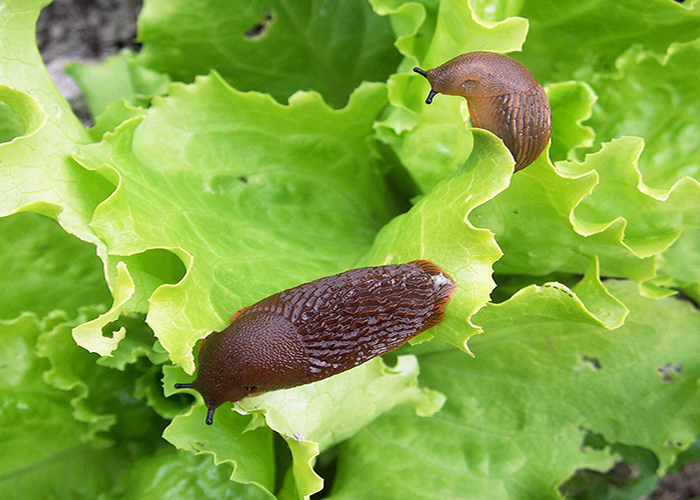In late August, the Maui Invasive Species Committee (MISC) received a report of stinging ants in Haʻikū, via the Statewide…
Read More
Maui Invasive Species Committee Hosts Teacher Development Workshop Over Fall Break
The Maui Invasive Species Committee (MISC) is holding a teacher development workshop for K-12 teachers and environmental educators on October…
Read More
Click Here To Register For the PBS Virtual Screening And Panel!
Maui conservation efforts featured in new BBC Studios Series, The Green Planet In the summer of 2021, a BBC film…
Read More
Dracula ants re-emerge on Maui
In March of 2022, the Maui Invasive Species Committee’s (MISC) little fire ant (LFA) crew was wrapping up what they…
Read More
Habits Are Key To Preventing the Spread of Rat Lungworm
In 2017, rat lungworm disease was making big headlines with an unprecedented 21 cases on Hawaiʻi Island and Maui. Those…
Read More





